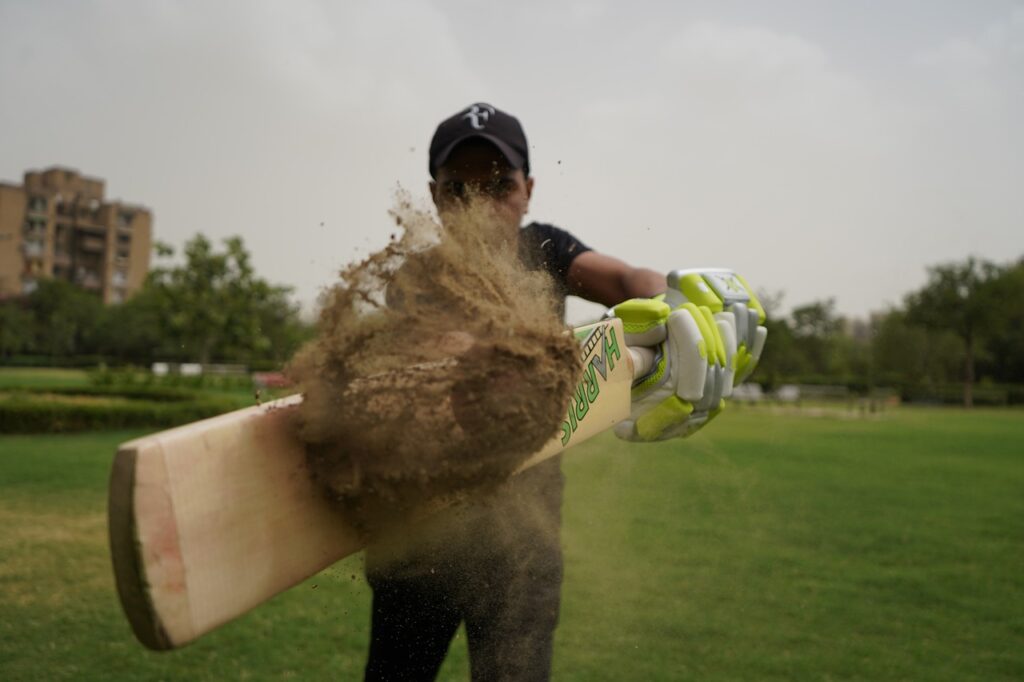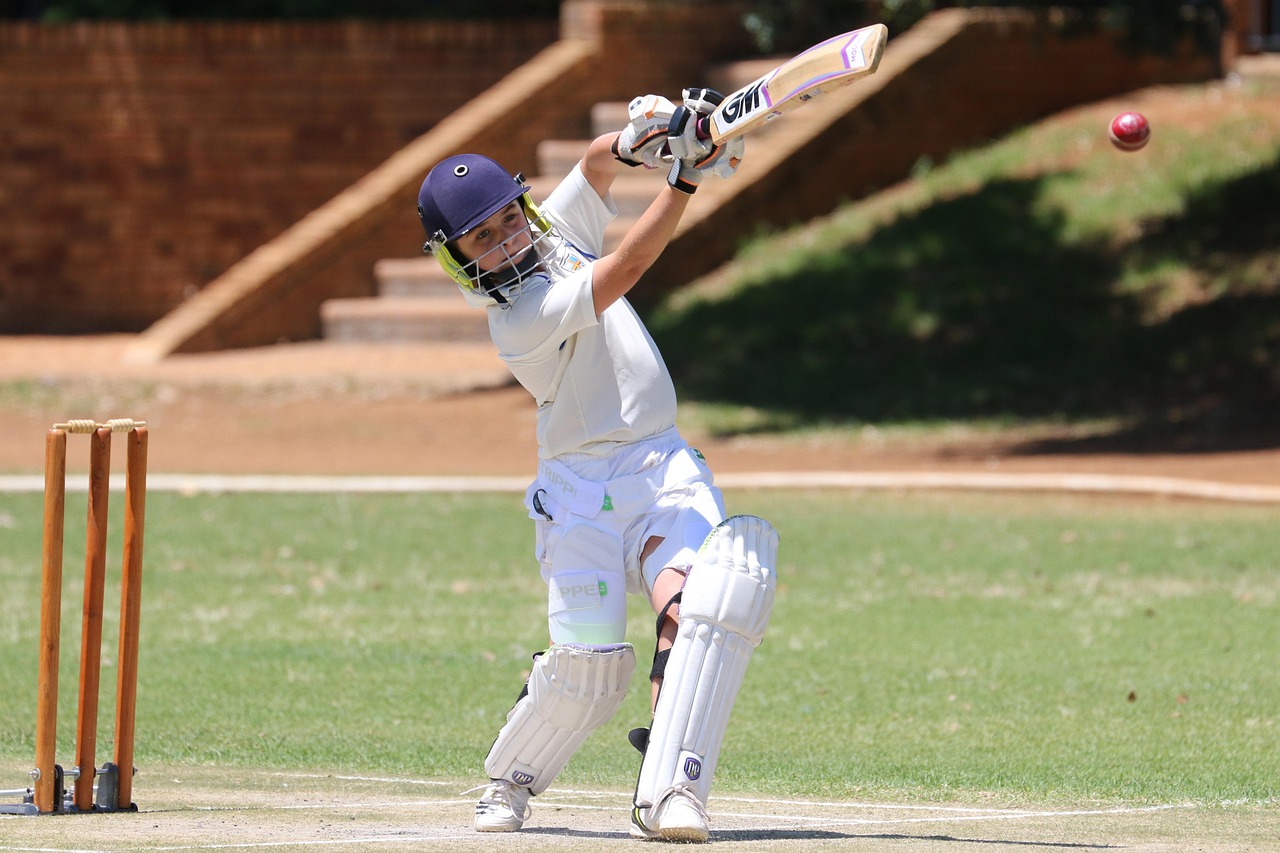Table of Contents
## Cricket Game Analysis
### Introduction to Cricket Game Analysis
Cricket is more than just a sport; it’s a strategic battle on a 22-yard pitch, with teams vying to outsmart each other. Analyzing a cricket game helps in understanding the finer aspects of team performance, player contributions, and planning for upcoming matches. Let’s explore how each element contributes to the game’s narrative.
### Pre-Match Analysis
#### Team Form and Composition
Before players set foot on the pitch, their recent performances hold crucial hints. Analyzing a team’s form involves reviewing their latest matches and understanding the impact of player absences due to injuries. Replacements play a significant role here, often bringing unexpected flair or needing time to gel with the team.
#### Pitch and Weather Conditions

Every cricket fan knows that the nature of the pitch can swing a match one way or the other. Historical performances on certain pitches are studied, while weather conditions are assessed for potential impacts on strategy and gameplay.
#### Head-to-Head Statistics
History often repeats itself in cricket. Evaluating past encounters between teams provides insights into psychological advantages and patterns that could influence the game. Understanding these dynamics can give a team the confidence they need going into the match.
#### Toss and Its Implications
Winning the toss gives a team the first strategic move—choosing to bat or bowl. This decision is influenced by pitch conditions and the likely weather during the game, and its outcome can play a pivotal role in how the match unfolds.
### In-Match Analysis
#### Batting Performance
##### Opening Partnership Analysis
A solid start is crucial in setting a strong foundation. The opening pair needs to have a good understanding to build a steady run rate and set the tone.
##### Middle Order Contributions
When the middle order picks up from where the openers left, it provides stability. It’s about keeping the scoreboard ticking with quick singles and occasionally hitting boundaries to maintain pressure on the opposing team.
##### Lower Order and Tail-Enders
The lower order batsmen can change the match dynamic by adding valuable runs, often in high-pressure situations. Their approach—whether aggressive or defensive—often dictates the team’s final score.
##### Individual Player Assessment
Every player’s performance, measured by strike rates and averages, contributes significantly to the team’s total. Stars are born from remarkable innings, while consistent contributions define a player’s role.
#### Bowling Performance
##### New Ball Spell
The first few overs of bowling can set the narrative, with early wickets putting the opposition under immediate pressure. This requires precision in line and length from the bowlers.
##### Middle Overs Strategy
Middle overs can make or break a game. Teams often switch to containment strategies here, using spinners and part-time bowlers to clamp down on the scoring rate while searching for wickets.
##### Death Over Effectiveness
The final overs test a bowler’s nerve and skill. An economical spell here, combined with wicket-taking deliveries, can significantly impact the game’s outcome.
##### Individual Bowler Contribution
Bowler performances are quantified through wickets and economy rates. They’re often the unsung heroes whose efforts turn the match tide.
#### Fielding and Wicketkeeping
##### Catching and Ground Fielding
Fielding can win matches as much as batting and bowling. Perfect catches and sound fielding placements save crucial runs and build pressure.
##### Run-Outs and Wicketkeeping Influence
Quick reflexes and accurate judgment calls by wicketkeepers provide additional chances for dismissing batsmen, often changing the momentum.
### Post-Match Analysis
#### Result and Margin of Victory/Defeat
Reviewing the match outcome, be it a tight finish or a comfortable win/loss, provides insights into the teams’ performances and strategies.
#### Statistical Highlights
Milestones reached, records set, and exceptional performances are key elements of the narrative, presenting a statistical story of the match.
#### Key Moments and Turning Points
Analyzing decisive overs or sessions that swung the match helps in understanding and appreciating the flow of the game.
#### Lessons Learned and Future Implications
Reflecting on the game provides vital learning points for future matches, highlighting areas of strength and those needing improvement.
### Conclusion and Summary
With careful analysis, a cricket game becomes a blend of past performances, present strategies, and future plans. Each match is a chapter in a larger story, contributing to the evolving tactics and understanding of the sport.
### Appendices and References
#### Statistical Data Tables
Detailed game statistics offer in-depth insights into individual and team performances.
#### Player and Team Comparisons
Looking at how the current match stacks up against past games can offer a unique perspective on growth and improvement.
#### References and Additional Reading
For those keen on digging deeper, expert analyses, articles, and journals provide a broader understanding of cricket dynamics.
